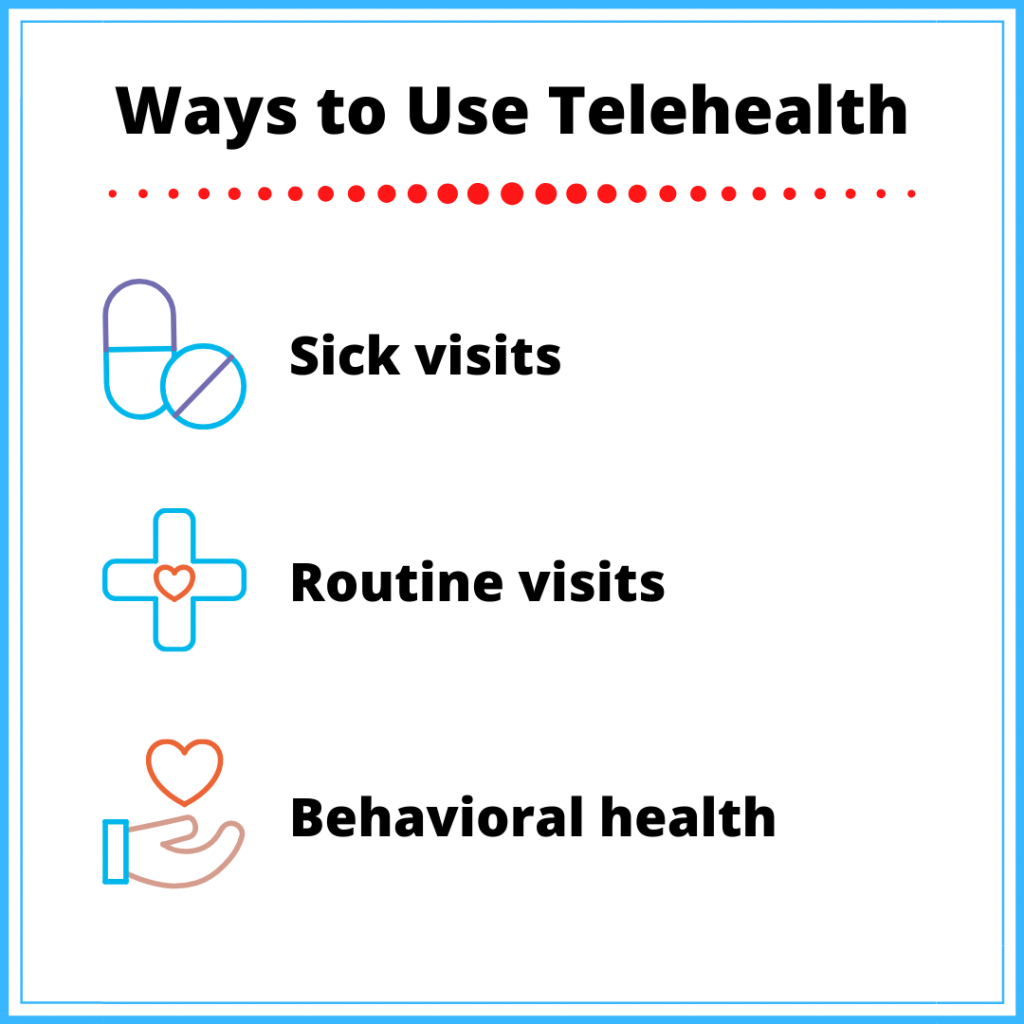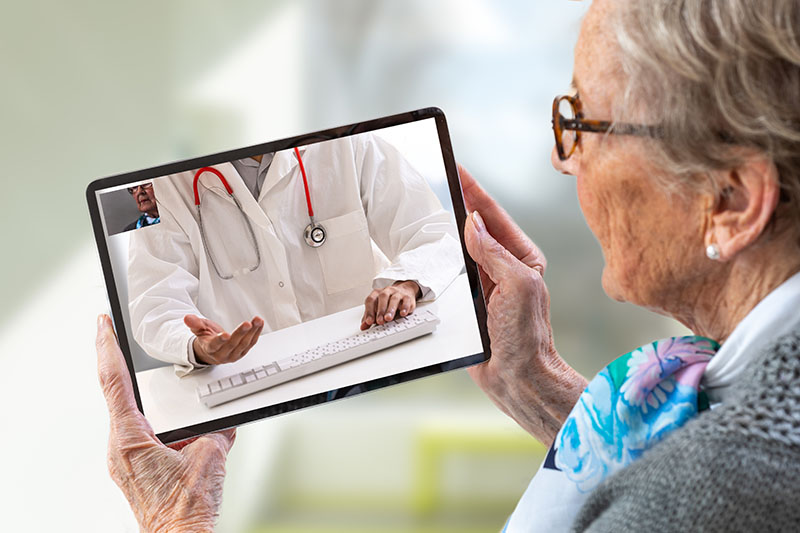Amid the COVID-19 pandemic, healthcare providers don’t want patients to come into the hospital or go to their doctor’s office unless critically necessary. That means telemedicine is quickly soaring in popularity. Healthcare providers are able to see patients remotely and determine whether they need to be seen in person or if they can treat themselves at home with rest and meds.
Use of telehealth has grown rapidly over the last several years, more than doubling in use since 2010, according to the American Hospital Association. (35% of hospitals used telehealth in 2010 vs. 76% in 2017 – the last year for which data is available.) However, that use within hospitals is not necessarily widespread and there are still hurdles to overcome when deploying telehealth. In this blog post, we’ll examine the current telehealth landscape and how healthcare analytics can help providers in their telehealth efforts.
Telehealth is becoming more critical during pandemic
As communities across the country started closing schools and businesses because of COVID-19, doctors and hospitals started to cancel routine appointments and urged people who might be sick to consider virtual visits instead of coming in person and potentially infecting other people – or becoming infected themselves.
One compelling use of telehealth during the pandemic has been at Brooklyn Hospital Center in New York City. According to an article in Becker’s Hospital Review, Brooklyn Hospital Center deployed a telemedicine command center because it was worried about too many patients coming to its pre-screening tent outside of its emergency room. With the command center, patients are screened for symptoms of COVID-19, and then directed to the appropriate spot for care.
Telehealth can be used for a wide variety of visits, including:
- Sick visits: For patients who are experiencing COVID-19 symptoms, as well as patients who have symptoms of other illnesses, virtual visits can help healthcare providers talk to patients and determine the best course of action, whether that be a recommendation to come see a provider in person or a prescription sent into the local pharmacy. While many believe a physician needs to be able to physically examine a patient to provide good care, in many cases, a doctor can assess a patient’s condition based on what they see and hear over a virtual visit.
- Routine care: For patients who come into the doctor’s office on a regular basis for ongoing care, telehealth can provide an easy way for physician and patient to check in and make any adjustments to care. For example, a pediatrician’s office can see ADHD and asthma patients virtually to touch base and modify prescriptions if need be.
- Behavioral/mental health: Patients who are being treated for conditions such as depression and anxiety, as well as those who meet with therapists, are able to do so virtually. A virtual model also allows schools to provide students with access to therapists during the school day.

Benefits of telehealth
What many health experts are now learning – but also what many others have talked about for years – are the numerous benefits of telehealth in patient care.
Joe Kvedar, senior advisor for virtual care at Partners Healthcare, recently spoke at a Massachusetts Health & Hospital Association event about how telemedicine helps providers interact with patients in a way that extends their humanness. He said that telehealth can allow patients to be seen quickly, with an average wait time of 6 to 7 minutes. He also said a patient can have his or her immediate needs addressed 80% of the time. In response to concerns that telehealth providers might overprescribe antibiotics, he said prescriptions are on par with urgent care overall.
At the same conference, Judd Hollander, senior vice president of healthcare delivery innovation at Jefferson Health in Pennsylvania, talked about the cost benefits of telehealth. While yes, it costs money for a health system to set up a telemedicine program, Hollander said the reduction in the organization’s “left without being seen” rate can pay for the entire program.
Challenges of telehealth
Despite the benefits of telemedicine, there are still challenges that need to be worked through.
- Physician acceptance: While many physicians embrace the use of telemedicine, many do not – either because they believe patients should be seen in person or the cost is too prohibitive to implement. For example, the American Medical Association (AMA) found that physicians in smaller practices or physician-owned practices had a lower rate of telemedicine use. The organization says those findings suggest the financial burden of implementing telemedicine may be a barrier.
- Reimbursement: In many areas, telemedicine is not reimbursed by healthcare insurance providers, meaning patients need to pay for visits. However, this could be changing. During the coronavirus pandemic, the Centers for Medicare and Medicaid Services announced changes to coverage for virtual services and said they would be reimbursable, at least on a temporary basis.
How analytics can support telehealth
When it comes to data, there’s a lot that can be analyzed to help healthcare providers make better decisions about telehealth services. Understanding these data points will help providers deliver better, faster, and more meaningful service to patients, as well as find efficiencies in their own operations.
Some of the data that can be examined:
- Overall volume
- Peak usage times
- Average call length and wait times
- Diagnoses/reasons for visit
- Revenue volumes and ratios
- Prescription rates
- Outcomes
Conclusion
As technology has advanced in the last several years, many healthcare providers have been more and more optimistic about uses of telemedicine. And now, the technology is living up to its potential.
There’s a lot of data that healthcare providers can analyze when they provide telehealth services. This information can help them not only operationally deliver better services, but can also help them provide better, more responsive patient care, which is most critical right now.
- Solving Hospital CEOs’ Pressing Challenges With Analytics - April 15, 2024
- Navigating the Wellness Wave: Wine & Spirits Data Strategy - April 9, 2024
- Takeaways from HIMSS24 - March 26, 2024




